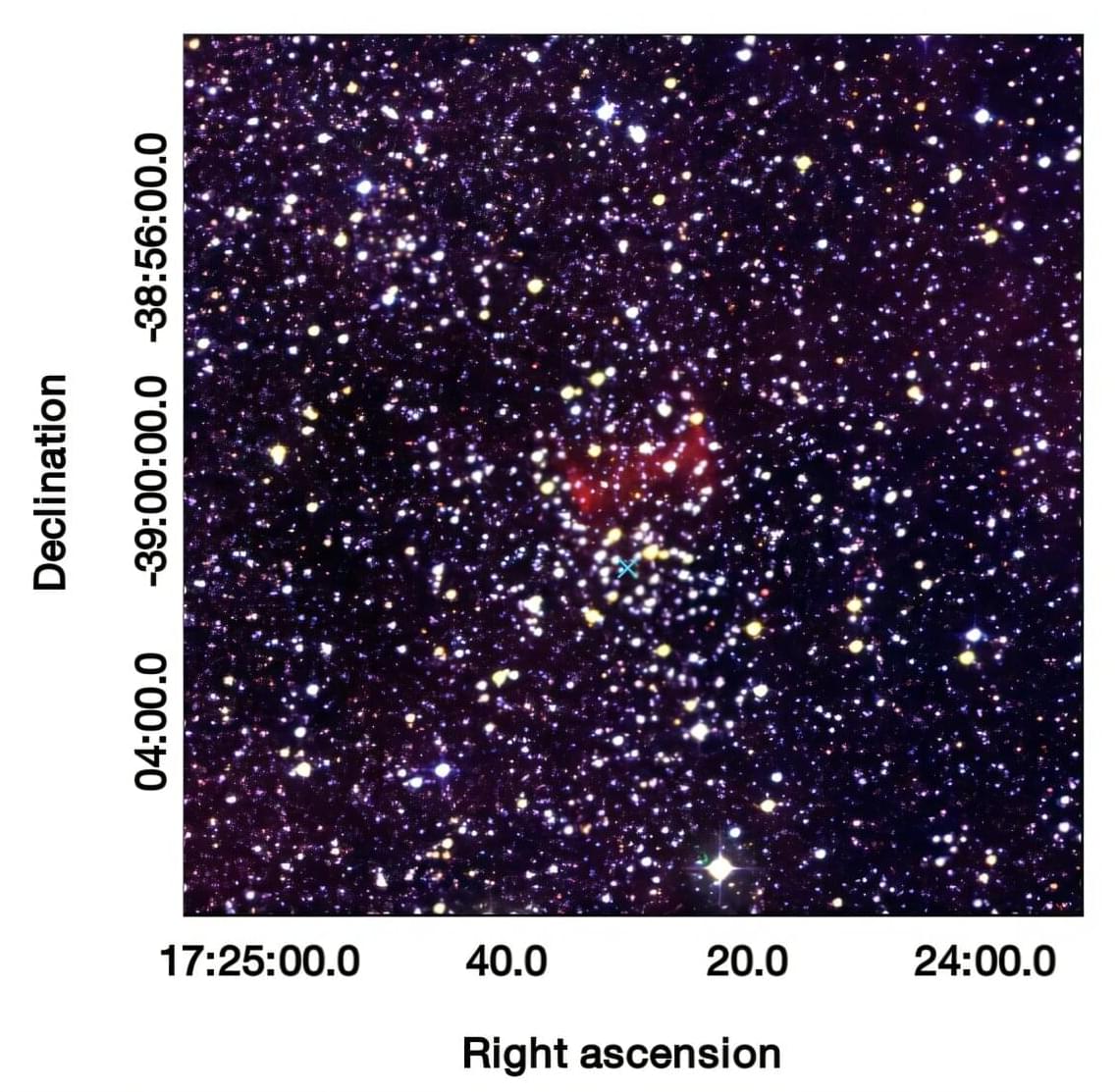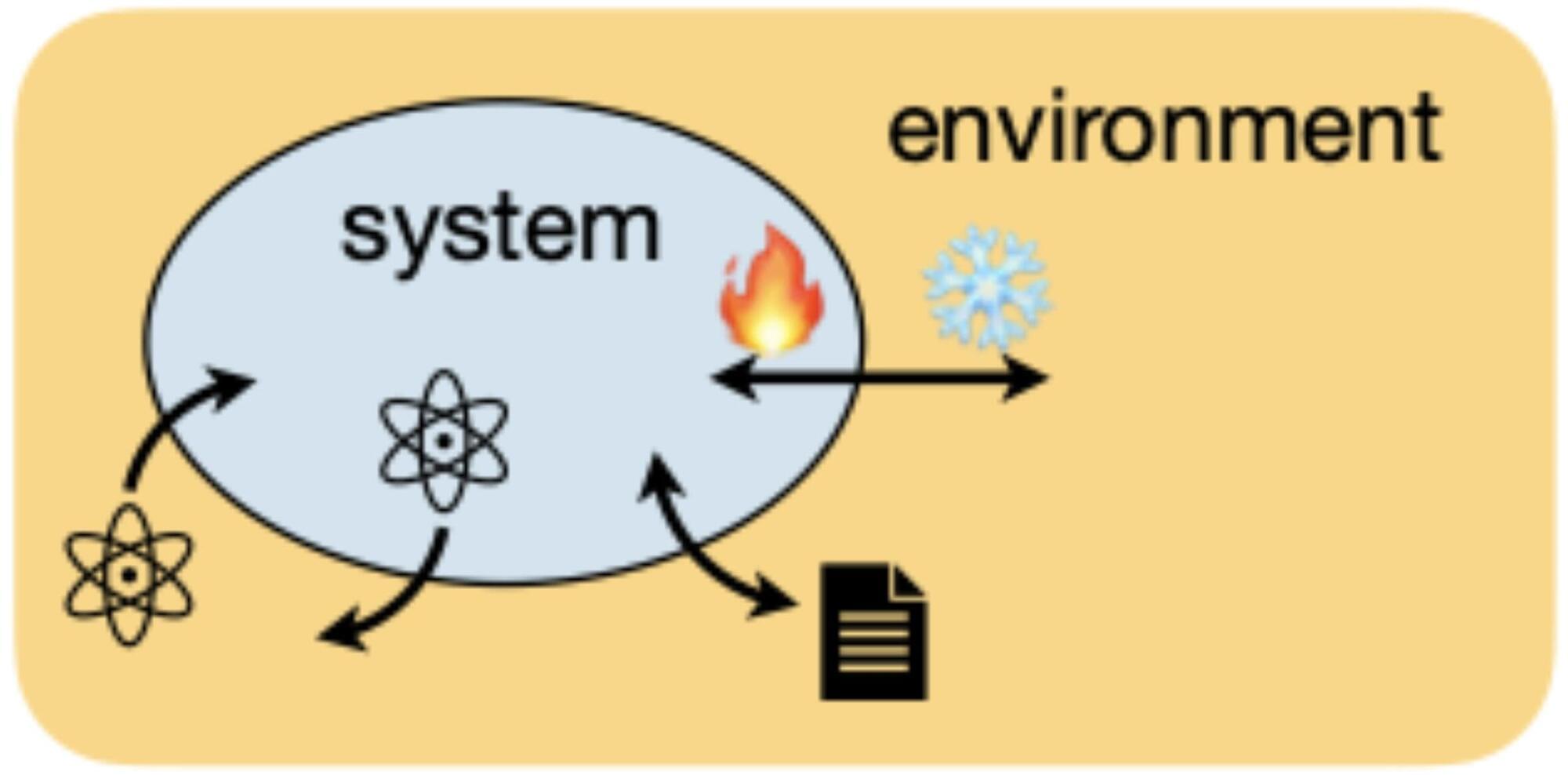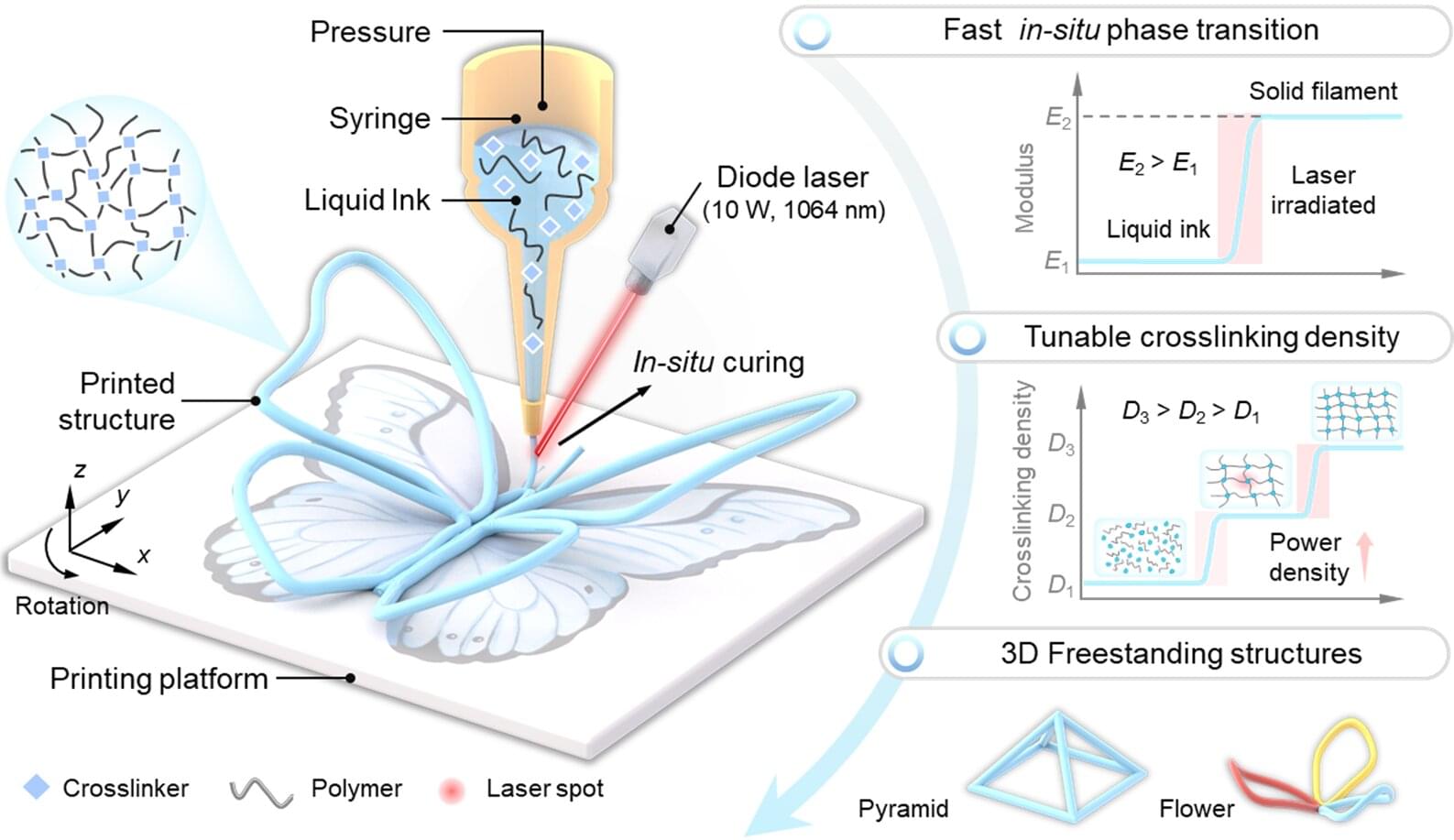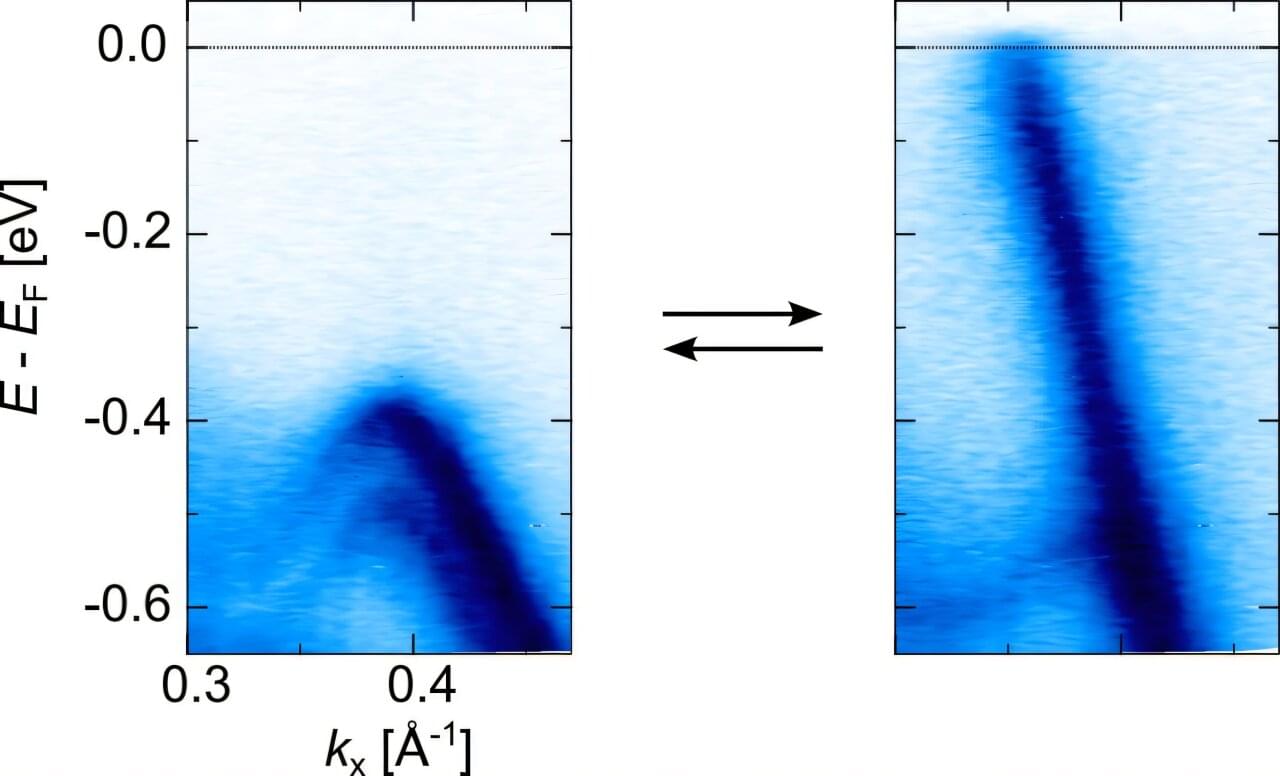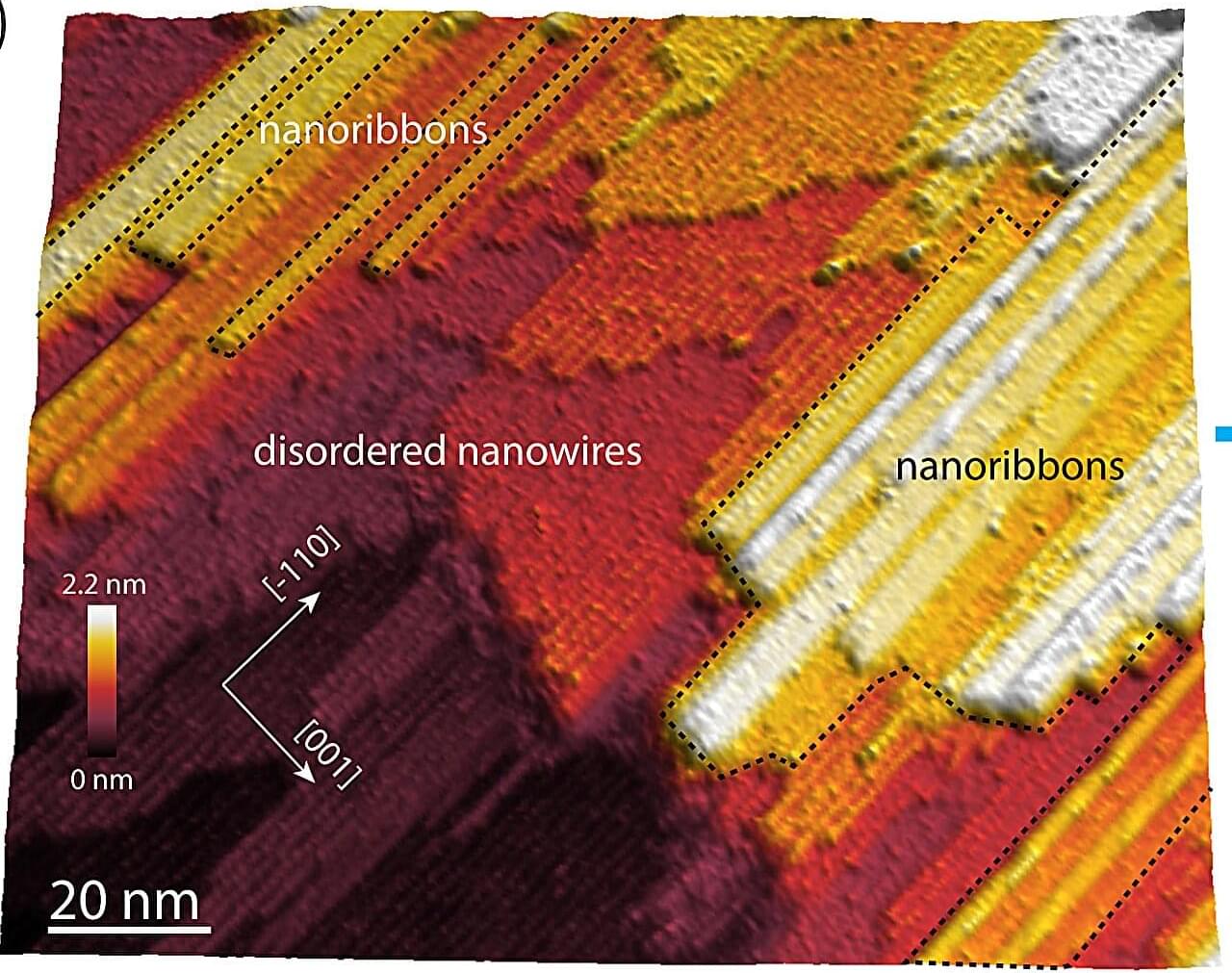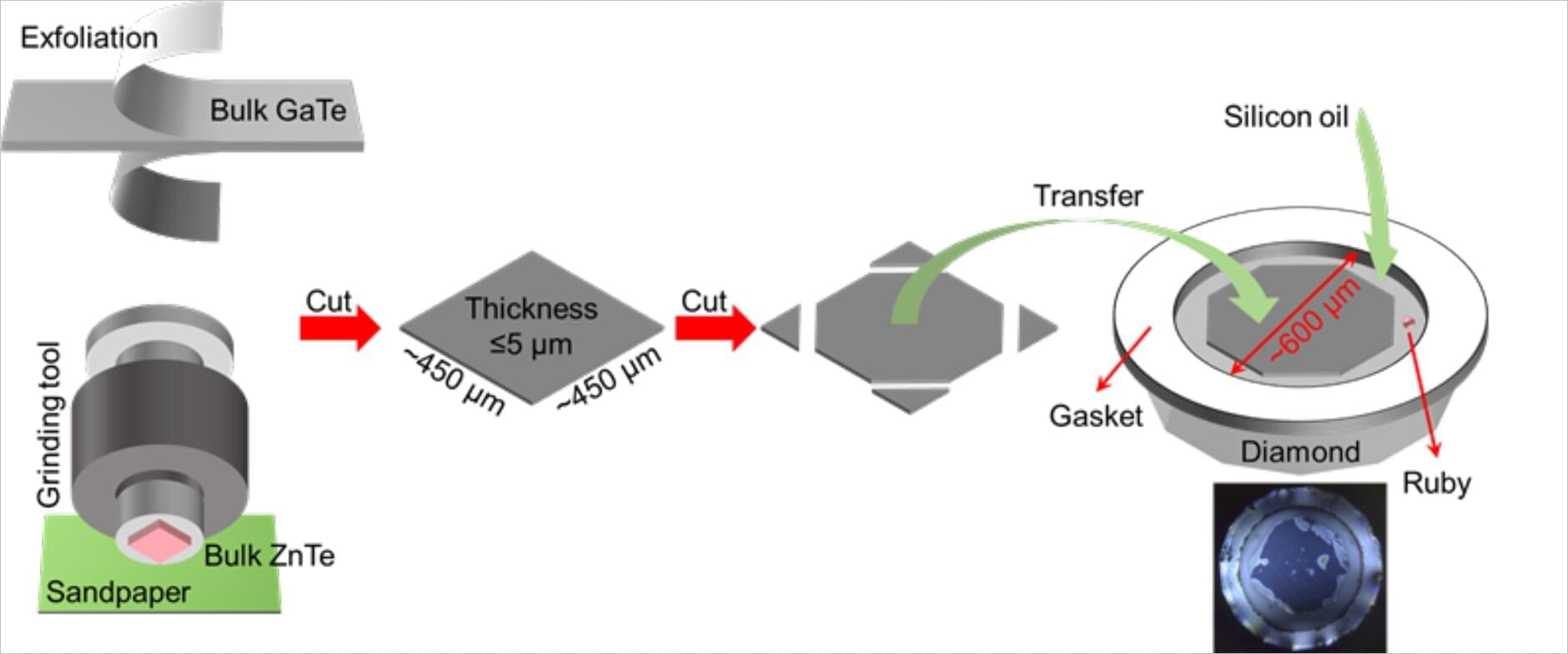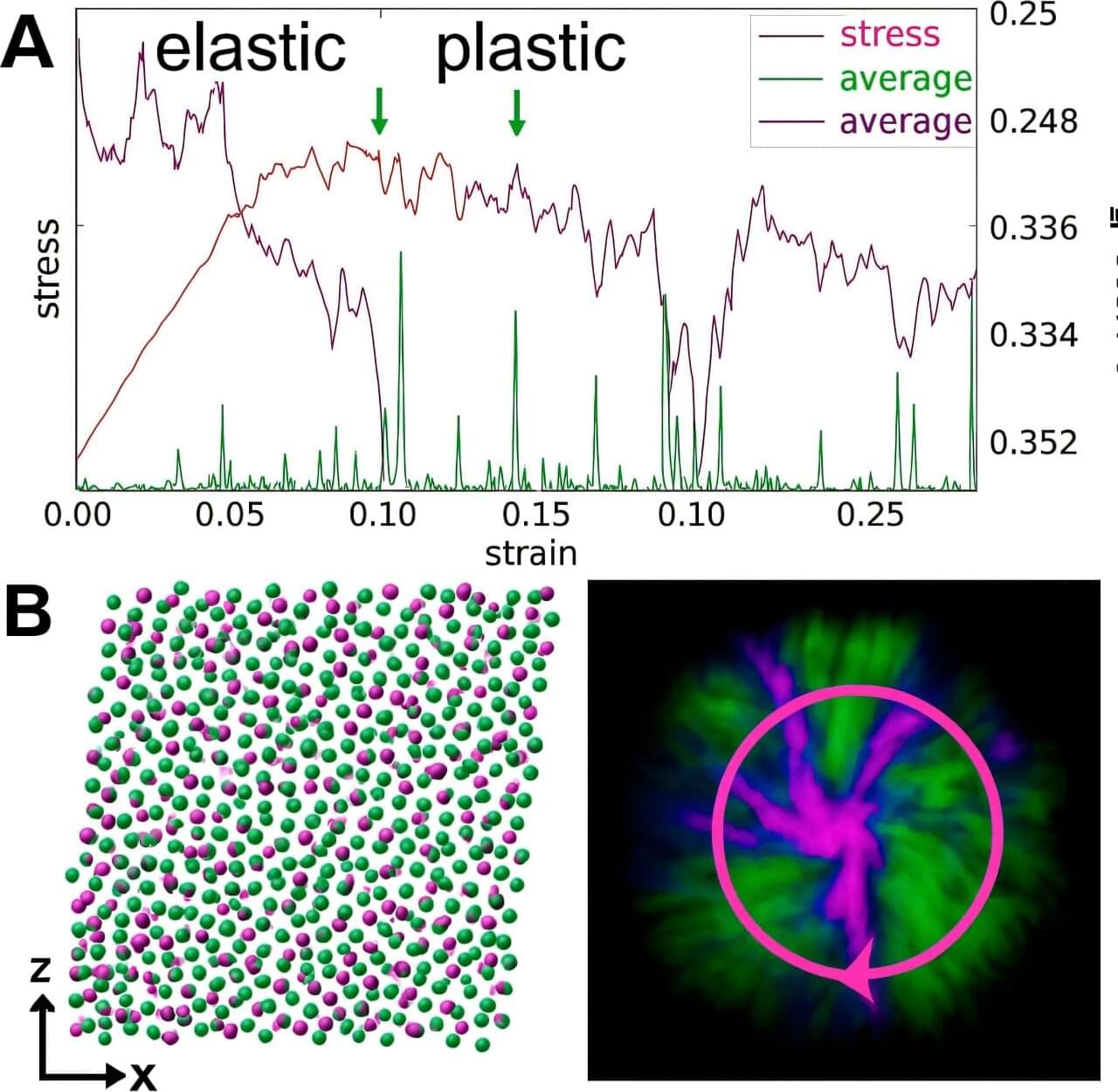By analyzing the data from the SuperCOSMOS Hα Survey (SHS) and from the Gaia satellite, astronomers have inspected a bipolar planetary nebula designated PHR J1724-3859. Results of the study, published Nov. 19 on the arXiv pre-print server, deliver crucial insights into the properties of this nebula.
Planetary nebulae (PNe) are the final stages of evolution of low-to-intermediate mass stars. They are expanding shells of gas and dust that have been ejected from a star during the process of its evolution from a main sequence star into a red giant or white dwarf. PNe are relatively rare, but important for astronomers studying the chemical evolution of stars and galaxies.
